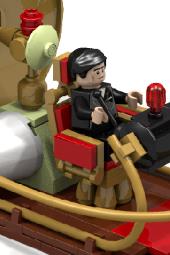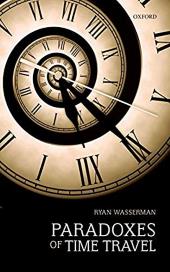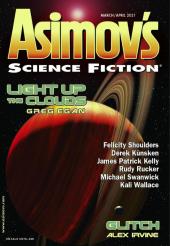In 1985, an author has visions of a time traveler named Igor from 2099. The traveler is being sent by his comrades in the domed city of St. Petersburg back to the 19th century, where he is tasked with capturing images and audio of motherland’s supreme father of poetry,
Alexander Sergeyevich Pushkin.
Note: A
dissertation by
Gulius Natalya Sergeevna notes that this story is part of Bitov’s
Teacher of Symmetry Cycle, which consisted of a series of avant-garde stories purportedly written by an obscure Englishman named
A. Tired-Boffin and loosely translated to Russian by Bitov. The English version of “Fotografiya Pushkin (1799–2099)” was said to have been called “Shakespeare’s Photograph” (or possibly “Stern’s Laughter” or “Swift’s Pill”), and presumably it was about Shakespeare rather than Pushkin.
Sergeevna explains that all this artistic mystification was part of an extensive footnote to “Fotografiya Pushkin (1799–2099),” but up in the ITTDB Citadel, we’ve yet to track down the footnote. Perhaps it was part of the 1987 publication in
Znamia, or maybe it did not appear until the story was published along with the rest of the cycle in Bitov’s 1988 collection,
Chelovek v peyzazhe. It is not listed in the table of contents of
"]Prepodavatelʹ simmetrii(2008), which was translated to English as
Symmetry Teacher (2014).
—Michael Main —are the same piece!

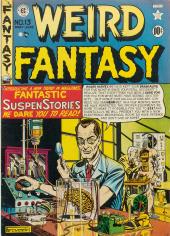


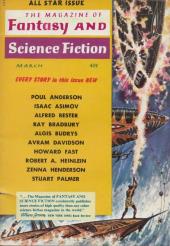
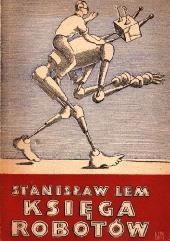
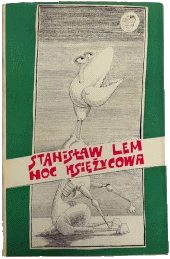
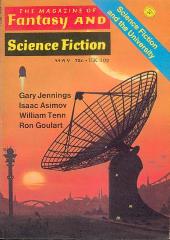
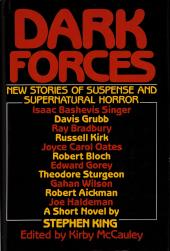
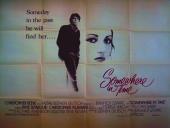
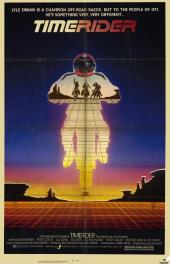
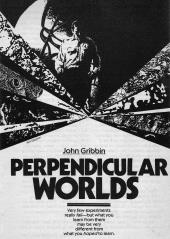
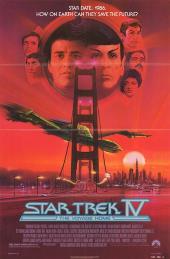
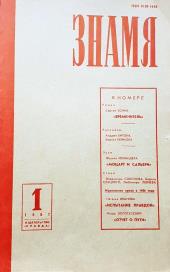
![Quantum Leap [s01e03]: Star-Crossed Teri Hatcher (as Donna Elesee) and Scott Bakula (as Sam Beckett) study a book
together at a library table.](https://img.ittdb.com/000000/35/03S-35-000000.jpg)
![Quantum Leap [s01e06] Double Identity Dolled-up Terri Garber (as Teresa Pacci) leans back and reaches up to give
Scott Bakula (as Sam Beckett) a romantic kiss.](https://img.ittdb.com/000000/35/06S-35-000000.jpg)
![Quantum Leap [s01e08]: Camikazi Kid In the front seat of an old car, Holly Fields (as Jill) explains the workings
of a new dashboard gadget to Scott Bakula (as Sam Beckett).](https://img.ittdb.com/000000/35/08S-35-000000.jpg)
![Quantum Leap [s01e09]: Play It Again, Seymour Dressed in overcoats and fedora hats, Claudia Christian (as Allison Grimsley)
and Scott Bakula (as Sam Beckett) stare into each others eyes.](https://img.ittdb.com/000000/35/09S-35-000000.jpg)
![Ray Bradbury Theater [s03e06]: Touch of Petulance Sitting on a train, Eddie Albert (as old Jonathan Hughes) looks out over a
newspaper.](https://img.ittdb.com/000000/39/60S-39-000000.jpg)


